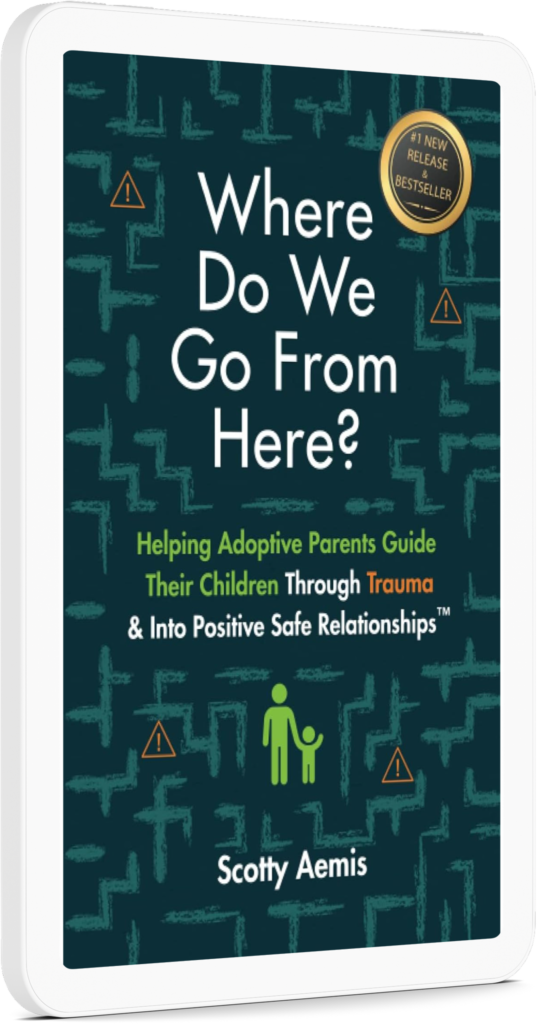How to Break the Cycle of Trauma and Bullying
Experiencing trauma alters the brain, shifting the way a person thinks, feels, and behaves. Bullying can also have lasting impacts on everyone involved. But it goes deeper than just the surface level behaviors and effects. There is a cyclical effect of trauma and bullying. Often, one leads to another, and it is important as parents and educators that we break the cycle of trauma by understanding and having an awareness of the connection between trauma and bullying.
The Cycle of Trauma and Bullying
For children with childhood trauma, it can lead to a shift in behavior, including bullying. The National Child Traumatic Stress Network found that just over 40% of girls and nearly 28% of boys who bullied others had PTSD (post-traumatic stress disorder) scores within clinical range. We often hear the old adage that those who bully have had some event in their life that led them to act in such a way.
But it’s not just those who have experienced some sort of childhood trauma “acting out” by bullying others. Being bullied in and of itself can severely affect a child’s self-image, social interactions, school performance, and can lead to mental health issues such as anxiety, depression, and suicidal thoughts. Bullying can literally traumatize those who have experienced it.
Another link is that children who have experienced trauma are more likely to be bullied as well. Children who behave differently from societal norms may be labeled as “weird” or “different,” making them easy targets of bullying. This can mean further development of social and interpersonal difficulties, leading to additional depression and feelings of isolation.
This all creates a vicious cycle of trauma. This cycle begins with an outside precipitating factor (adverse event) leading to a bullying incident. This incident then results in trauma that leads to an increase in stress, depression, and anxiety in the victim of the bullying. This further results in a decreased sense of belonging and engagement. All of this can be a trigger for trauma which can cause the victim of the original bullying incident to lash out and bully others.
The Power of Language
While it is important to identify when someone is being bullied, it’s important to remember that language is powerful and can have unintended consequences. Using labels such as bully and victim can perpetuate feelings of hopelessness, define a person’s role in school or society, and leave us focusing solely on the individual without considering the external context in which the bullying occurred. More appropriate language to use is “the child who bullied another student” or “the student who was bullied” rather than “bully” and “victim.”
What to Do After a Bullying Incident
We can’t always stop all bullying incidents, but we will look at early interventions to minimize bullying in a moment. After it does happen, there are few approaches you can take, especially for children and teens to help break the cycle. This includes:
- Ensuring the child or teen feels safe
- Talking through what happened and why, to help clear up misconceptions or misunderstandings
- Teaching stress management techniques to help them cope
- Discuss ways to help prevent future bullying experiences
Early Intervention and Trauma-Informed Approaches Support Success
Further, it’s important that schools (and yes, even workplaces) adopt a more trauma-informed approach, training staff to handle and recognize traumatic stress, plus how to recognize bullying before it gets out of control.
Trauma-Informed Environment: This includes supporting inclusivity and empowerment, using brain based interventions to minimize disruptive behaviors, and focusing on building and developing positive and safe relationships.
Early Intervention of Bullying: Learning to recognize the signs of bullying in earlier stages and addressing it early on shows a zero-tolerance policy toward bullying. This can help open the door for individuals to feel safe and comfortable, especially when you respond to a bullying incident with empathy and understanding. Early intervention can also help minimize bullying from happening in the first place, helping to reduce bullying in your classroom or workplace.
Final Thoughts
Bullying leads to trauma and trauma leads to bullying. But the cycle can be broken with an approach that focuses on empathy, understanding, and safety. With trauma-informed practices, you give individuals the space and opportunity to succeed while minimizing bullying incidents from happening in the first place!


